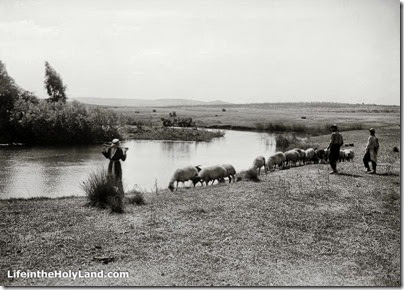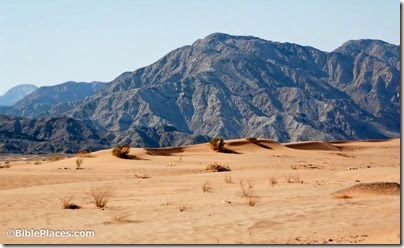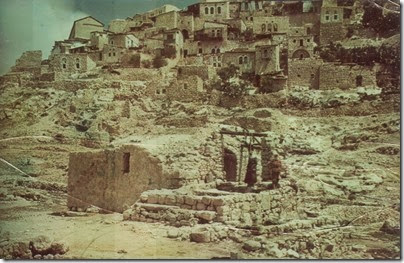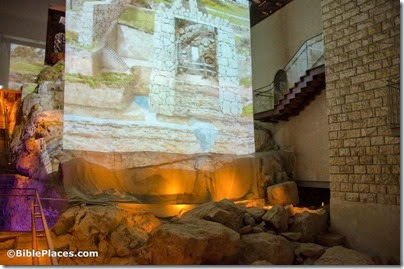Today’s Caspari Center Media Review has two notes related to the upcoming papal visit to Israel.
The first concerns closure of the Western Wall prayer plaza and the second anticipated attacks against Christians by Jewish extremists.
From HaMevaser, May 5, 2014: Rabbi Shmuel Rabinovich, rabbi of the Western Wall and the holy places, is deeply disturbed by demands from the police and the Shabak [domestic intelligence organization] to close the Western Wall to prayer and to public transportation during the entirety of Pope Francis’ visit later this month, as well as to close the entire Old City to vehicles even before the visit. This closure will disrupt early prayer services as well as bar mitzvah services, usually held in the morning as well. Rabinovich, along with Rabbi Chaim Miller of the Movement for Jerusalem and Her Inhabitants, are opposing the demand also because of rumors regarding a possible handover of control over David’s Tomb on Mount Zion.
From Haaretz, Yediot Ahronot, May 9, 2014: The police and Shabak are making extensive preparations to prevent a possible wave of hate crimes against Christians and Christian holy sites, and also against Muslim sites, in connection with Pope Francis’ upcoming visit. Among other things, they are preparing to guard holy sites, making special arrangements for investigating nationalistic crimes and gathering related intelligence. A suspect has been detained. On April 7, graffiti was discovered on the walls of the Vatican offices in Jerusalem, saying, “Death to the Arabs, to the Christians and to all those who hate Israel.” The Franciscan order responsible for the holy sites has published a protest, calling officials “to deal urgently with those radical elements.” Some inhabitants of Wadi Ara are also preparing to guard their local mosques.
A previous Caspari Center Media Review provided an update on the possible handover of the Upper Room/David’s Tomb to the Vatican.
From Makor Rishon, April 18, 2014: In this three-page article, Yehuda Yifrach relates the bitter conflict in progress at the moment regarding David’s Tomb. The structure, near the Dormition Abbey on Mount Zion, was built around 1330, and has been a source of dispute between Jews, Christians, and Muslims almost ever since, as the second story of the building has also been identified by the Vatican as the site of the Last Supper. Now there are rumors of a possible treaty between the Israeli government and the Vatican. This treaty would crystallize the long-term standing of the Catholic Church in Israel, but in particular, would give control over the Last Supper Room into Catholic hands. Jewish organizations are bitterly opposing this move, saying that a flood of Christian pilgrims will stop any Jewish activity at the site, and give de facto ownership to the Vatican. These organizations are also concerned because of the mentality the Vatican has displayed in the past regarding the sovereignty of the state of Israel, and the Vatican’s attempts to present the Holocaust as a Catholic event. Neither the Israeli government nor the Israel Antiquities Authority could speak as to possible details of the treaty, except to deny that any sort of handover was contemplated, but a recent article in the formal Vatican newspaper appears to regard it as almost settled.



